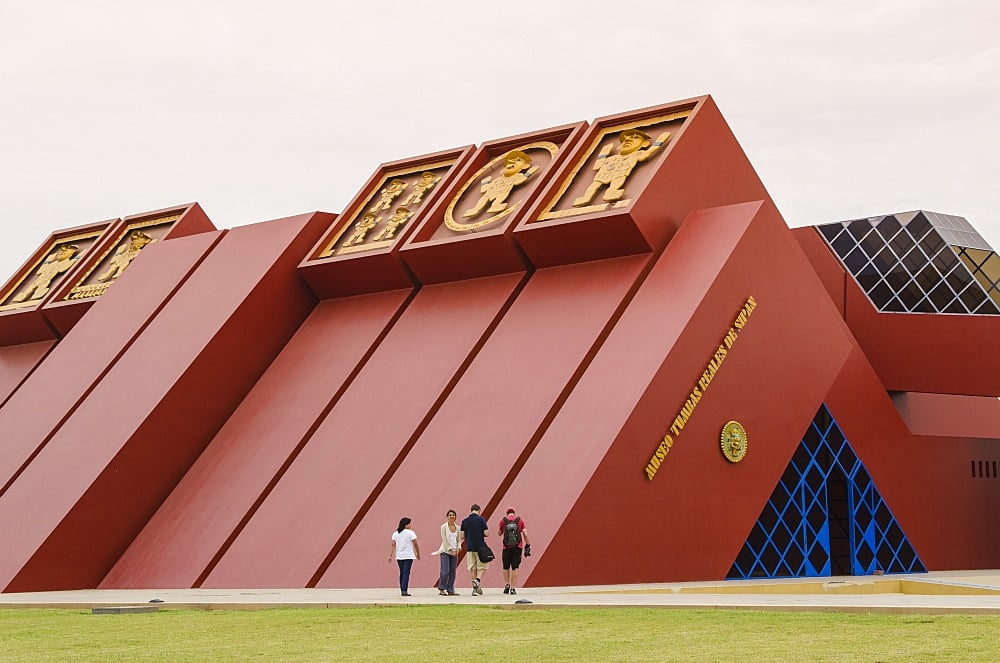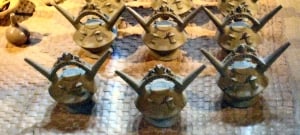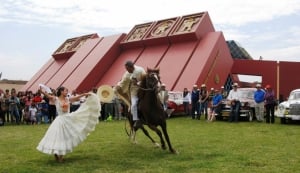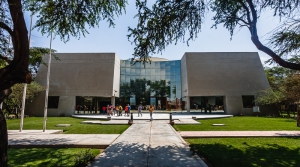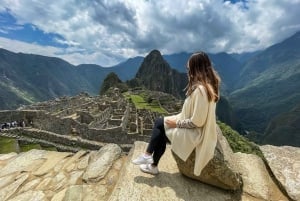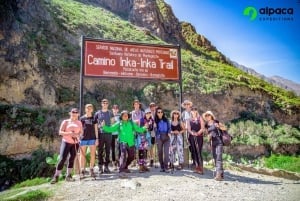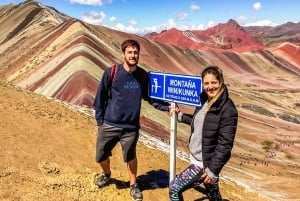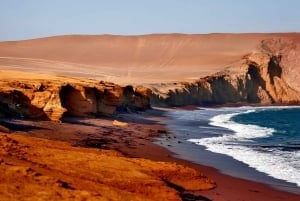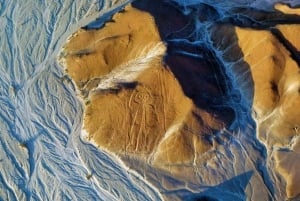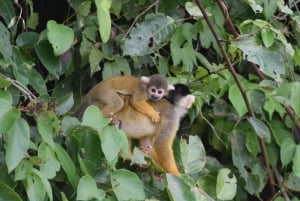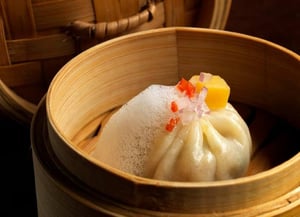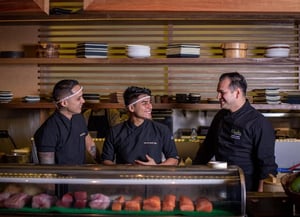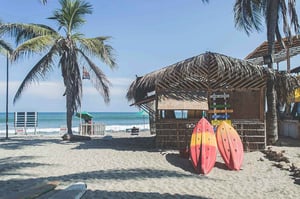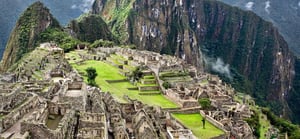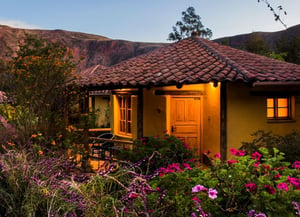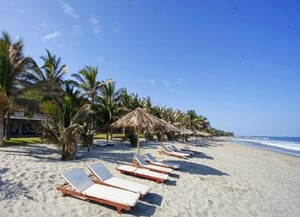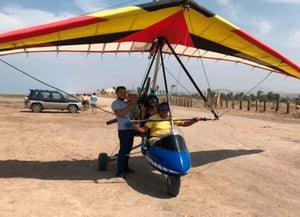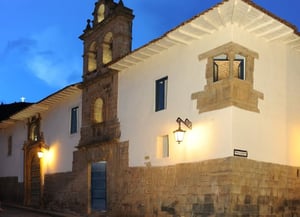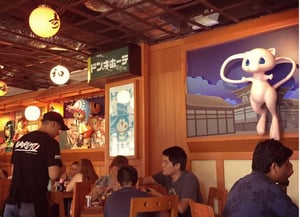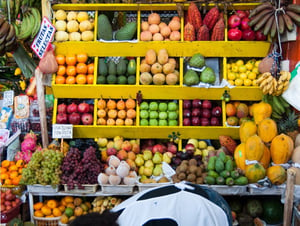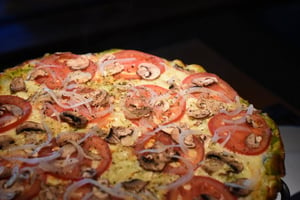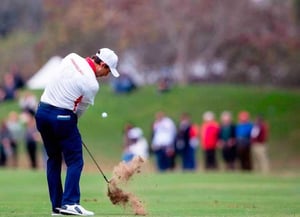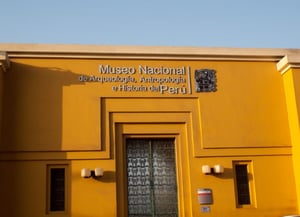Lambayeque culture, sicán national museum
Book Top Experiences and Tours in Peru:
If youʻre booking your trip to Peru last minute, we have you covered. Below are some of the top tours and experiences!- From Cusco: 2-Day Lake Titicaca Tour
- From Cusco: Full-Day Group Tour of Machu Picchu
- Tambopata Peruvian Amazon Jungle for Three Days/Two Nights
- From Cusco: 4-Day Inca Trail Guided Trek to Machu Picchu
- Cusco: Rainbow Mountain and Red Valley Day Trip with Meals
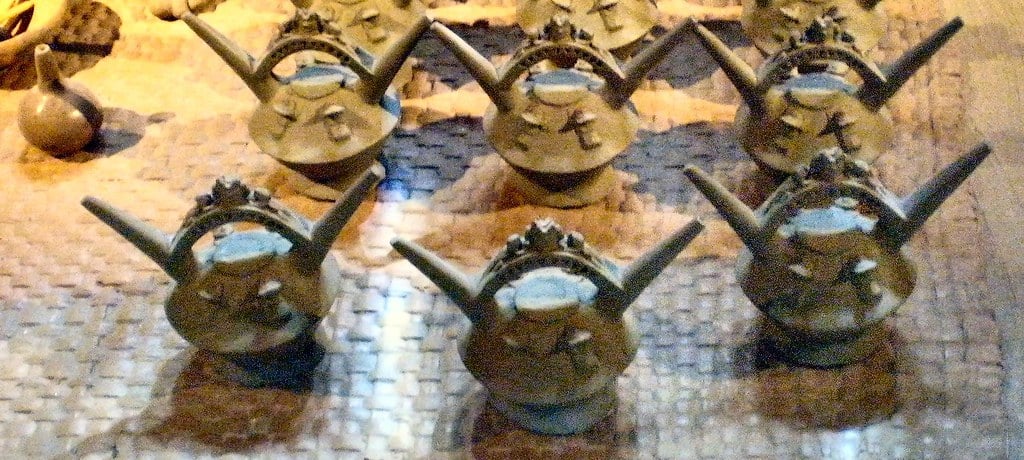
Sican National Museum, near Trujillo, Peru
THE LEGEND OF ÑAYLAMP
Ñaylamp is the legendary founder of the Lambayeque. A character who comes from the sea and who, when he dies, transforms into a bird and flies to the heavens - does anyone remember Hotu Matu’a of Easter Island? Everything would indicate that this god is the one who is represented in the golden tumis, known by many as Incas. The iconography of the winged eyes found in the tumis could be related to Ñaylamp. The origin of its representation would be a sea eagle from the lambayecano coast. This bird fishes in the ocean and it seems that winged eyes represent its wings as it plummets down to the sea to fish. The first tumis were found in the Pomac Forest, in the Huaca Ventana.

Easter Island
SICÁN NATIONAL MUSEUM IN FERREÑAFE
The name Sicán is what the Japanese archaeologist Izumi Shimada gave to this civilization as a result of the great discoveries he made in the area of the current Batán Grande, ancient Sicán: the Temple of the Moon, where the roots of this civilization. Here is the Pomac Forest, part of the archaeological complex of Batán Grande, an area of almost 6,000 ha in which more than 39 architectural structures have been found, no less than 2,000 smaller sites adjacent to it and ... more than 100,000 holes of huaqueros. Welcome to the first capital of the Lambayeque. As a result of more than twenty years of research in the Pomac Forest - an investigation that is still active - the Sicán National Museum was born. A museum destined solely and exclusively to the Sicán culture to show the world its greatness and, of course ... its gold!
Peru is known for the golden treasures that the conquerors found when they arrived in the country in the hands of the Incas ... but imagine the power of the Lambayeque-Sicán culture, developed several centuries before the Inca, if I tell you that more than 80 % of all the Peruvian gold that is exhibited in the museums of the world has its origin in this culture. Only 1,200 kilos of precious metals were found in the burial of the huaca el Oro.
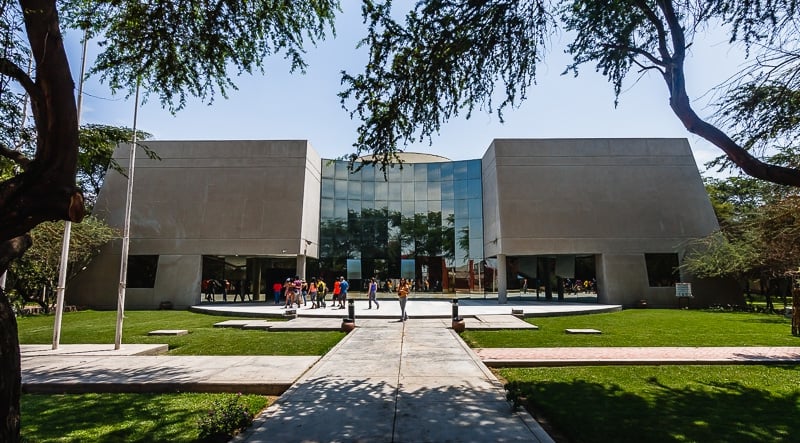
Sicán National Museum, Peru
Do you know the Lambayeque or Sicán culture? It doesn't sound to you, right? We had never heard of her until she reached Chiclayo. It was one of the great civilizations that developed on the current north coast of Peru and that have amazed and continue to amaze archaeologists and those who, like us, discover them as they pass through the country. Vicús, Moche, Lambayeque and Chimú were some of these advanced cultures that inhabited this area for about 3000 years but which most of the common people know little about. Why? Because later came the Incas, the famous Incas. A civilization that developed over a hundred years and whose fame hides / hides millennia of development from other great peoples.

Lambayeque culture
But that was not all. In 1995 Shimada discovered another burial: the west tomb of the Huaca El Oro. A much larger tomb (10 m long x 6 wide and 15 deep). The man - younger, about 28 to 35 years - in this case was accompanied by no less than 23 other bodies, those of 22 young women - between 18 and 22 years - and a child. Much less rich in gold, in this case it is not a great lord but a man of the nobility who lived at the same time as the first lord and who, by DNA analysis, discovered that he had a family relationship with him - both were uncle and nephew or grandfather and grandson. DNA analysis also found that the 22 young girls also had a family relationship - they were cousins or sisters, belonging to 4 lineages or offspring. The interesting thing is that half of them, the northern group, are of Lambayecan origin, while the other half, the southern group, is from southern Peru, indicating a relationship not only commercial but also of alliances through marriages between different regions of present Peru. The importance of the first lord may be due precisely to the relationship of his family member with populations in other areas. The tomb is adorned with Sicán men who wear slaughtered heads, indicating ceremonial human sacrifices.


